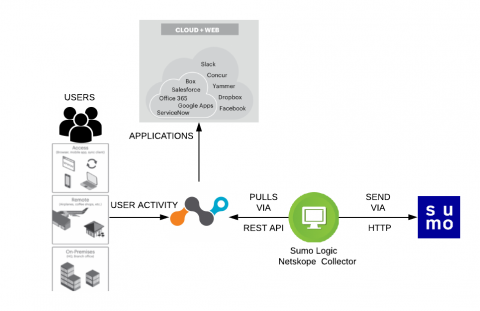Know Your Logs: IIS vs. Apache vs. NGINX Logs
Today’s web server ecosystem has three big players: IIS, Apache and NGINX. Although only two of them (Apache and, to a lesser extent, NGINX) are cross-platform, it’s increasingly important to be able to work with all three of these servers, because you never know which type of operating system and web server platform you’ll be asked to support. That’s why understanding the nuances of IIS, Apache and NGINX logs is important.











